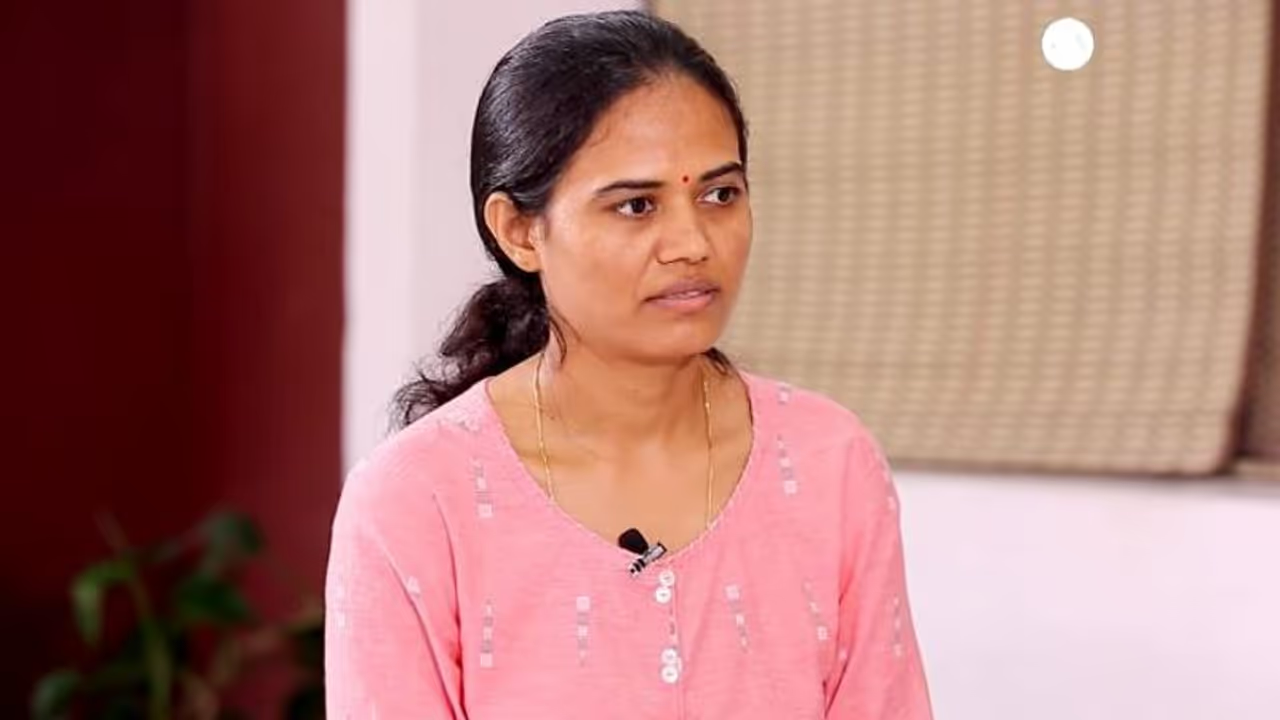Dr Chandrakala Meena, assistant professor at the Indian Institute of Science Education and Research (IISER) Thiruvananthapuram speaks to Asianet News Network's Salini S about how she and her team solved a 50-year-old paradox that had left the scientists puzzled.
The diversity-stability paradox, which has puzzled scientists for the last 50 years, has been finally solved by an Indian scientist-led team of Bar Ilan University of Israel. Their research paper titled 'Emergent Stability in Complex Networking Dynamics', has been published in the Nature Physics journal last March. The research paper's lead author is Dr Chandrakala Meena, assistant professor at the Indian Institute of Science Education and Research (IISER) Thiruvananthapuram, in Kerala.

The Stability Vs Diversity Paradox
In 1972, the renowned British scientist Sir Robert May, who focussed on animal population dynamics and the relationship between complexity and stability in natural communities, showed mathematically, that an increase in biodiversity causes less ecological stability. He modelled an ecosystem as a network with random interactions and found that as diversity increases, the system becomes less stable. But this mathematical result is seemingly in contrast with the current experience in ecology and other complex natural or human-engineered networks from our brain to the internet, natural ecosystems to buzzing cities -- they exhibit highly resilient functionality despite constant challenges and obstructions or perturbations.
This puzzling question gave rise to the stability Vs diversity paradox.
Dr Chandrakala And Her Team's Findings
Dr Chandrakala and the team observed that the strength of interactions is not random. Instead, they follow very distinctive scaling patterns that change with dynamics. Mathematically, they got the result as, if the network is large and heterogeneous, it is asymptotically stable. Certain dynamic states become unconditionally stable. You can change parameters, remove or add stuff, and torture your system in many ways, but if it is sufficiently large or heterogeneous, it will not collapse.
This is the Emergent Stability, mentioned in the title of the paper. So the network dynamics are unique for each complex system. It allows for extremely robust dynamic states that become asymptotically insensitive to external conditions and perturbations. Therefore, large complex systems, not only 'can', but also 'must be' stable.
If the degree of distribution of any real and human-engineered networks, follows the power law distribution, then complex networks will be stable under the local perturbations from the equilibrium steady states. That is, if we perturb a heterogeneous or diverse network from its equilibrium steady states, then it does not get disturbed and will return to its equilibrium steady states.
If we consider sociology, social media networks, and epidemiology, all these are social networks, which tell how people are connected. Connections or interactions among people define network structure, and the mechanism of interactions determines the difference among these networks. The interaction mechanism in epidemiology is the spreading of infection and in social media networks, it is the spreading of information.
According to the power law distribution, the most influential ones, which have a large number of connections are important, like a few people having millions of followers on Twitter. However, a majority of people having very small followers, or some cities in a country are well-connected, but others are not. So, as far as these important nodes are not disturbed, the system remains stable.
Coming to daily life experiences, she says that our country will remain stable due to its diversity, as long as we respect others' feelings and beliefs. Human-wild animal conflicts are due to the destruction of their natural habitats and government policies should be based on the co-existence of humans and wild animals. Climate change is global and it's due to deforestation and greenhouse gas emissions. In sociology, the Indian population is more stable, due to its diversity.
Her research is a bridge connecting various disciplines of science and engineering, so interdisciplinary research in this area is the future and we can have many applications from this result. Her further research is on different levels of stability of systems.
Who is Dr Chandralekha?
Chandralekha was an 'unwanted daughter' for her parents, which was then common in rural Rajasthan. Due to her maternal family's interference, an abortion was averted. She was given away to the maternal uncle who took care of her and supported her education.
Hailing from rural Mainpura in Rajasthan's Sawai-Madhopur district, she did her five-year integrated M.Sc Physics. She returned to India after her post-doctoral research at the Bar-Ilan University in Israel on an Israeli government fellowship, to do research and teach ar IISER, Mohali.
Dr Chandralekha was an Inspire Faculty at CSIR-NCL Pune, Maharashtra, from November 2020 to December 2022.
During her academics at IISER, Mohali, she developed a deeper interest in nonlinear dynamics and complex systems which is now her core area of research. Her research focussed on the study of large complex systems – real systems such as social, biological, chemical and human-engineered systems such as digital networks, power grids etc.
It was very difficult to get an Indian scientist's paper published in major international science journals since there are very few Editors from India there. She could publish her research paper in Nature Physics only through international collaboration.
See the full interview below

